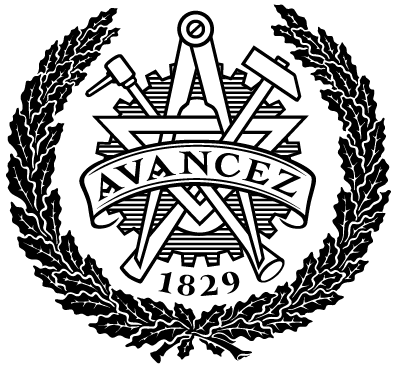Conceptual design and analysis of membrane structures
| dc.contributor.author | Hörteborn (Henrysson), Erica | |
| dc.contributor.department | Chalmers tekniska högskola / Institutionen för tillämpad mekanik | sv |
| dc.contributor.department | Chalmers University of Technology / Department of Applied Mechanics | en |
| dc.date.accessioned | 2019-07-03T13:04:21Z | |
| dc.date.available | 2019-07-03T13:04:21Z | |
| dc.date.issued | 2012 | |
| dc.description.abstract | The light and freeform tension structures are interesting from a structural as well as architectural point of view. With the possibility to span long distances using minimum material they can also be a sustainable option. The simplicity in the shape of fabric structures is not, however, reflected in the design process which is made complex by the flexibility of the material. Applied loads have a big impact on the final shape of the structure and the unique shapes of tensioned cable net and membrane structures cannot be described by simple mathematical methods. The shape has to be found through a form-finding process either with physical or computer models, a process that is made more complex by the need to include geometrically non-linear behavior and the anisotropic material properties of the fabric. In this master thesis one approach for formfinding and analyzing tension membrane structures is described. Focus has been on the conceptual stage. For this the computer software SMART Form has been further developed, enabling the possibility to do real-time formfinding and analysis of fabric structures. The software is based on a method where the orthotropic membrane is modeled with a triangular mesh, where the mass is lumped on the nodes. As a computational tool dynamic relaxation is used to find the static equilibrium configuration for the structure. The advantage with this is that there is no need for formulation and manipulation of matrices common in the finite element method. The results generated by the software is verified by comparing them with handcalculations as well as with results from analyses done in another software, Tensyl. Results from parametric studies are shown, and finally the tool is used for conceptual designs for a stadium façade. Based on these simple test cases the software seems to be working fine. | |
| dc.identifier.uri | https://hdl.handle.net/20.500.12380/168816 | |
| dc.language.iso | eng | |
| dc.relation.ispartofseries | Diploma work - Department of Applied Mechanics, Chalmers University of Technology, Göteborg, Sweden : 2012:51 | |
| dc.setspec.uppsok | Technology | |
| dc.subject | Arkitekturteknik | |
| dc.subject | Building Futures | |
| dc.subject | Teknisk mekanik | |
| dc.subject | Textil-, gummi- och polymermaterial | |
| dc.subject | Architectural Engineering | |
| dc.subject | Building Futures | |
| dc.subject | Applied Mechanics | |
| dc.subject | Textile, Rubber and Polymeric Materials | |
| dc.title | Conceptual design and analysis of membrane structures | |
| dc.type.degree | Examensarbete för masterexamen | sv |
| dc.type.degree | Master Thesis | en |
| dc.type.uppsok | H |
Ladda ner
Original bundle
1 - 1 av 1
Hämtar...
- Namn:
- 168816.pdf
- Storlek:
- 6.89 MB
- Format:
- Adobe Portable Document Format
- Beskrivning:
- Fulltext
